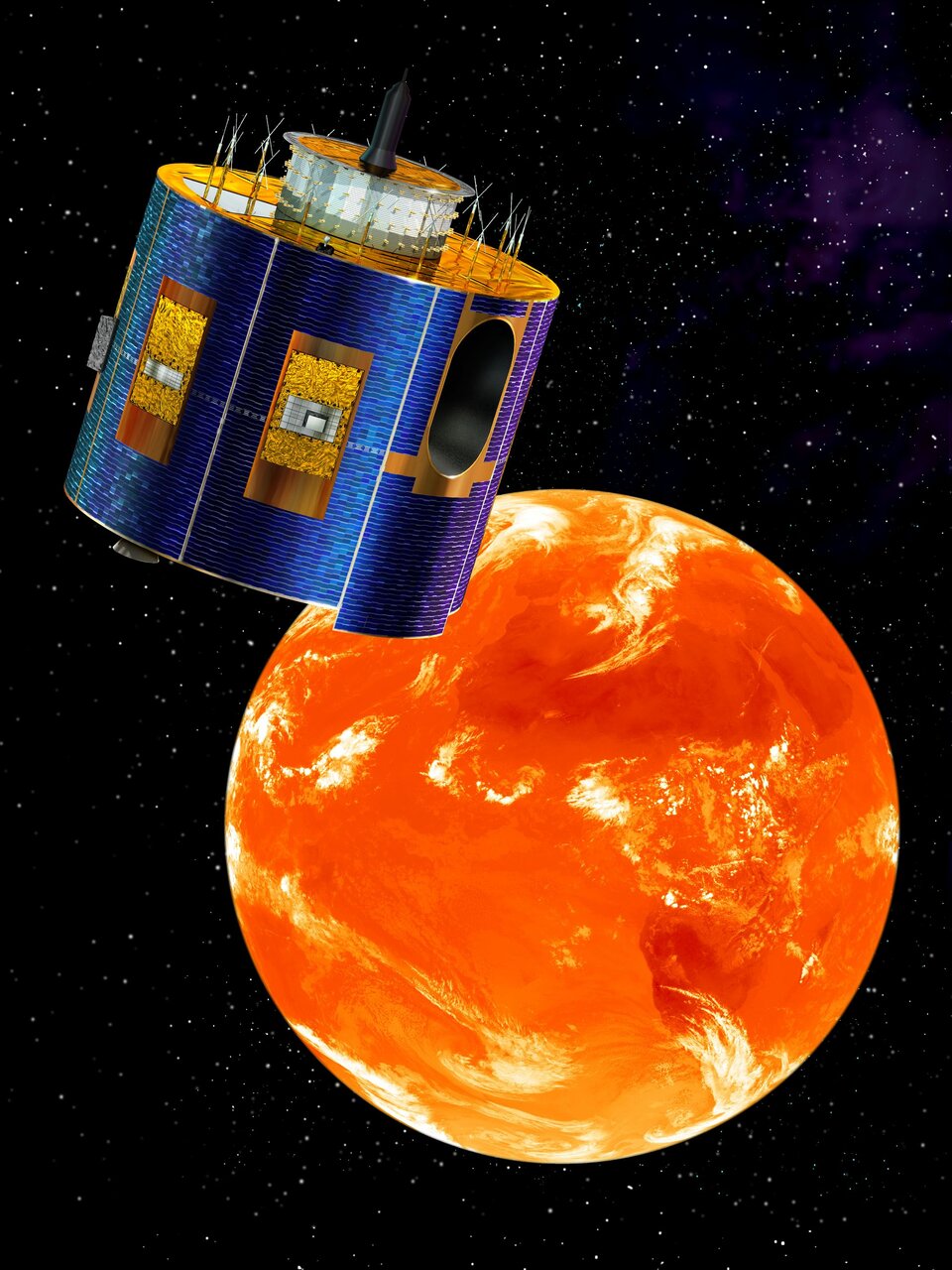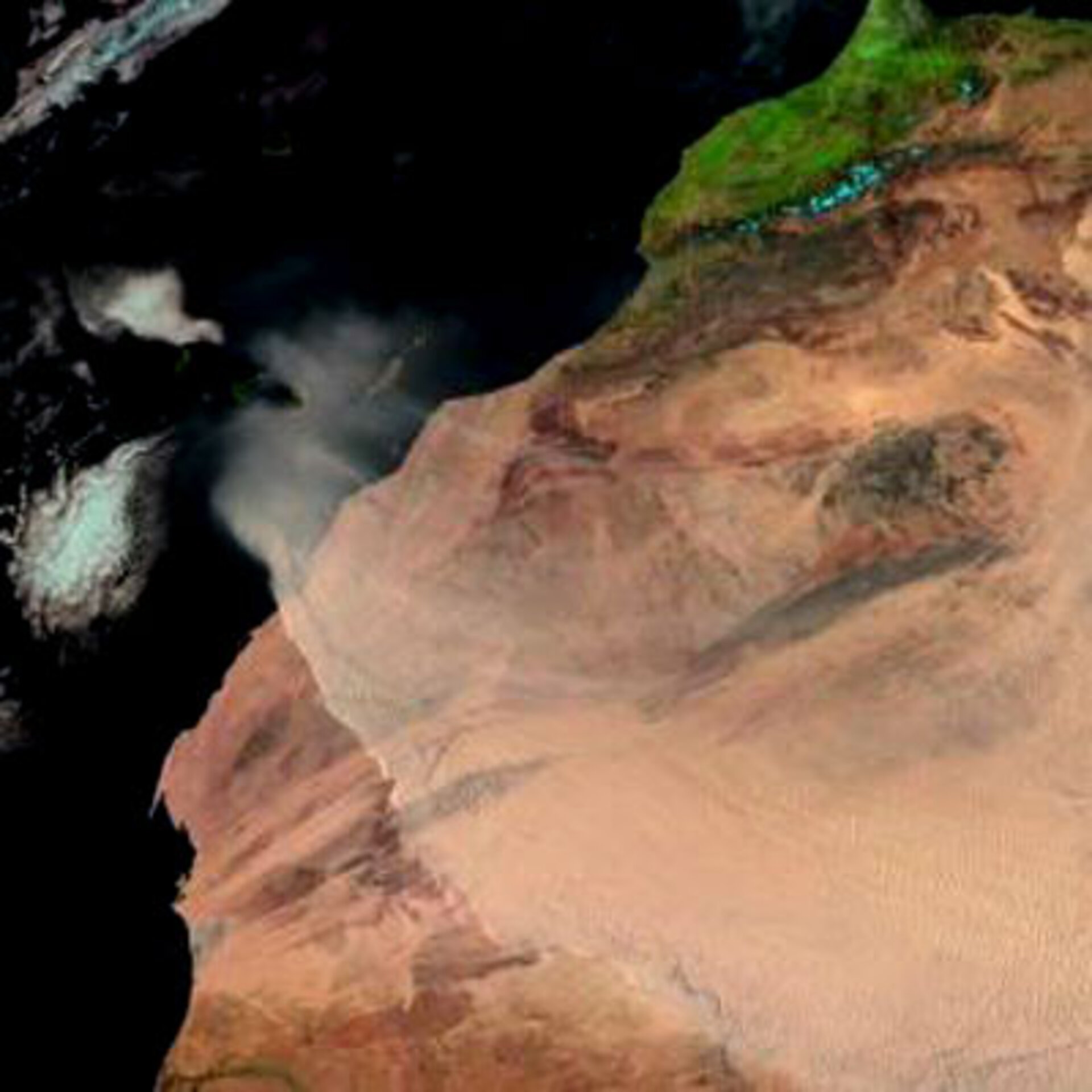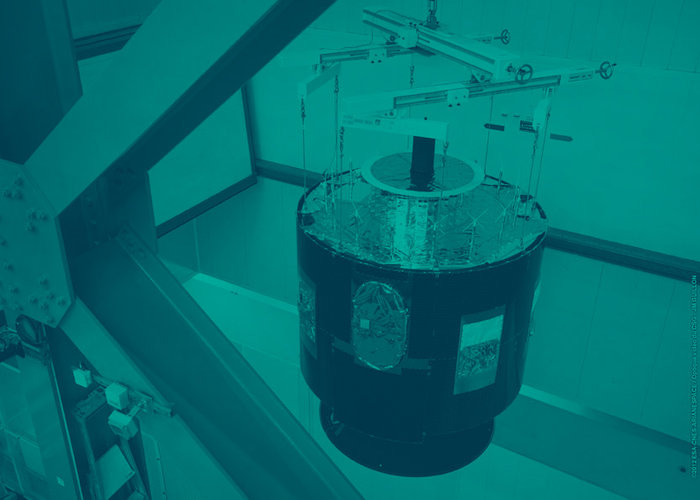New competition for young meteorologists
Europe’s latest weather satellite, Meteosat 9, will be heading for space to monitor our skies in 2005. To celebrate this event, European students aged 15 or 16 are invited to take part in the Young Satellite Meteorologist competition, which is open to students of EUMETSAT Member and Cooperating States. Winners will be invited to the launch celebrations at EUMETSAT’s headquarters in Germany.
The competition, organised by EUMETSAT, the European Organisation for the Exploitation of Meteorological Satellites, began yesterday and ends on 31 March 2005. Student teams of 2, 3 or 4 can take part with entries being submitted by a teacher.
Budding meteorologists have to answer two quizzes. The first covers satellite meteorology in general while the second concentrates on image interpretation. Answers can be found by carrying out research on the internet, particularly on the sites of EUMETSAT and ESA. If more than one team achieves full marks the winners will be selected by a tiebreaker of not more than 150 words. Judges will be looking for aptness and originality.

Speaking about the competition Dr Lars Prahm, the Director-General of EUMETSAT said, “the new satellites have been designed to give meteorologists, climate researchers and other users rapid access to high-quality images of weather patterns. It is, therefore, fitting that we will celebrate the launch of Meteosat-9 with a competition designed to promote the wide uses of weather satellites data to schools throughout Europe.”
Meteosat-9 is the next addition to the Meteosat Second Generation (MSG) satellites that began replacing the original first generation weather satellites in 2002. The MSG satellites, developed under a joint project between ESA and the EUMETSAT, help forecasters predict weather patterns with more precision and have enhanced capability to monitor the ocean surface, sea ice, the ozone layer and phenomena such as fires and locust swarms. Meteosat 9 will be launched by an Ariane-5 launcher from Europe’s Spaceport in French Guiana.
For more news on the competition and how to take part, check the links on the right.






